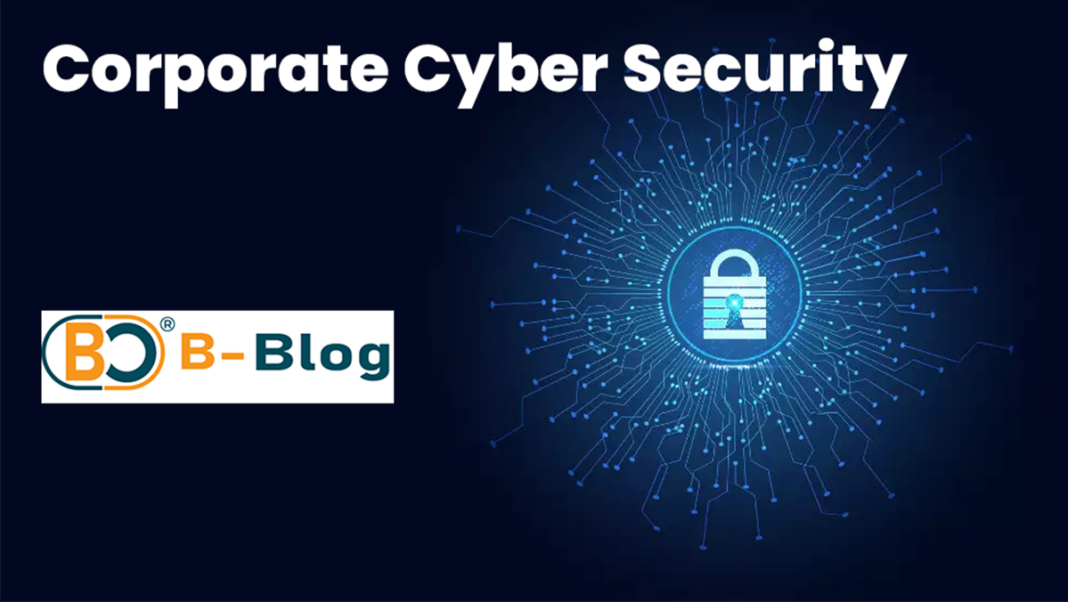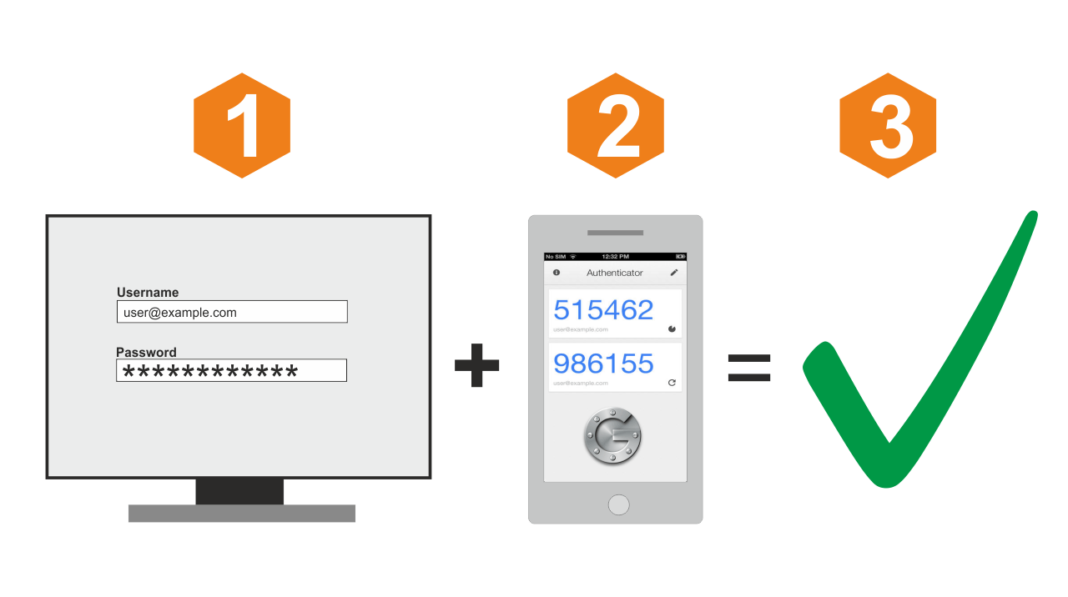We’re living in an age where the Internet has become a basic need. Every household, room, school, public area, waiting spaces, bus station, now has some form of an internet connection for those present. The internet has revolutionized the way we live and has become an integral part of our daily lives. But with its many benefits come the dangers and risks associated with online activities. Children, who are particularly vulnerable, are at a high risk of being exposed to online predators, cyberbullying, and harmful content. As parents, it is our responsibility to ensure their safety and well-being in the digital world.
Some Numbers
Since the 2000s, the global Internet user base has more than tripled (source). Of these adopters, the use of mobile phones has increased by more than 90% (source).
In 2021, there were 7.9 billion Internet users in the world. That is about 63% of the population at the time. This is a spectacular increase from just 6.5 billion users, or 16% in 2005.

Why children?
Children and young people have a significant role in the opportunities and developments in communication mediums. They tend to be
early adopters of new forms of communication, a factor that has particular significance in the developing world, where the population under
age 18 makes up a much higher proportion of the total compared to industrialized countries. Children and young people are not merely
passive users of communication technologies; they are actively involved in creating and shaping them to meet their own demands and interests.
Understanding online dangers
In order to keep your kids safe, you’ll need to know about the different types of online dangers that exist. For example, kids and teens may find inappropriate content on the Internet, such as pornography or obscene language. There is also a possibility of cyberbullying or cyberharassment from others online. This does not mean your child will encounter all of these threats. However, knowing about the dangers can help you and your kids make smart decisions online.
Phishing
Phishing is a type of scam where the scammer tries to trick you into revealing your personal information. Usually, it involves an email, instant message, or website that is designed to look like it’s from a legitimate company.
Piracy
In the online world, piracy refers to illegally sharing copyrighted materials. This can include music, movies, TV shows, and software. For many kids, sharing files may seem innocent, but it can result in stiff penalties.
Cyber-stalking
Cyber-stalking is any kind of harassment or threatening behavior that occurs online. It can happen through instant messaging, text messaging, email, or social networks. If the perpetrator is a child or teen, it is often called cyberbullying.
Malware
Malware is malicious software that is designed to damage your computer or steal your personal information. It includes viruses, spyware, and other types of software.
Malware is often secretly bundled with other software, and it can also infect email attachments.
Cyberbullying
Cyberbullying is bullying that occurs online, often through instant messaging, text messaging, email, and social networks.
Cyberbullies may be the same age as the victims, or they may be older. If the perpetrator is an adult, it is generally called cyber-stalking or cyberharassment.
Obscenity
The Internet contains a lot of content you probably don’t want your kids to see, including pornography, violent content, and vulgar language.
Revealing too much
Many kids and teens like to post photos and share information about themselves. In some cases, this information can be used by online predators.
It’s also possible for an embarrassing photo to damage a kid’s or teen’s reputation. This can affect their social life, and it may even come back to haunt them years later when they’re applying for a job.
Other types of dangers
Whenever someone uses a computer, there is a risk of eye strain, wrist strain, and other injuries. You can help prevent this by limiting the amount of time your kids spend on computers and mobile devices.
There’s also another reason to limit your kids’ Internet use: Because people are spending more and more time online, Internet addiction is becoming a more significant problem. Internet use can be a good thing, but if it becomes an addiction it can affect a person’s offline life.

“Information and communication technology
is central to the lives of children and young
people in industrialized countries and,
increasingly, in the developing world.
It is a key educational resource, providing
information, entertainment, music and films.
ICT is viewed by many as a fundamental
part of their social lives. For children,
the boundaries between the online and
offline worlds have become seamless”
Through ICT, young people are exposed to information, values, ideas and opportunities beyond those of their families or religious or community leaders, using a medium that many adults do not understand or access in the same way. Such exposure has the potential to transform aspirations and behaviours. However, unless parents are also directly engaged with ICT or effectively communicate with their children about their online experiences, their capacity to understand their children’s experiences or offer effective protection is limited.
How can we protect our kids?
Set up parental controls
You don’t have to purchase parental control software to protect your child during online learning. There are already a lot of helpful tools built into your device hardware, software, and internet browser.
Find tutorials here to help you maximize built-in privacy settings and content blockers.
- Parental controls for Apple products
- Parental controls for Google Play
- Parental controls guide for Chromebook
- Content restrictions for Windows 10 and Xbox One
- Parental controls for YouTube Kids
- Content filters on SafeSearch for Google
- Parental controls on Amazon FreeTime
- Parental controls on Netflix
If you want the extra reassurance of parental control software, we tested a bunch of them and picked our favorites. Almost every brand we recommend has a free version available, so you can probably upgrade from built-in parental controls without reaching for your wallet.
Protect them from cyber bullying
- Know the risks – Understand what is cyberbullying, how it happens and how to spot it.
- Talk about it – Have ongoing discussions with your child. Talk about what cyberbullying is and what types of communication are acceptable and unacceptable. Make sure your child knows that it’s safe for them to talk to you if something makes them uncomfortable.
- Keep a watchful eye – Place the computer in a common room and monitor all screen time. Use a shared email account, and if you let kids interact on social media, make sure you have full access to manage their accounts. Parental control software is another great way to stay in the know.
- Set boundaries – Put time limits on screen time. Include all online activities—from homework to playing games and surfing the web. Restrict social media access and email accounts, and set rules for any IM, texting, etc. Let your kids know you’ll be checking in regularly. Be prepared to renegotiate boundaries as your child gets older or starts to use new technology
- Build a real life network – They don’t say it takes a village for nothing. The more people you have looking out for your kid online, the more likely you are to keep them safe. Know your kids’ friends and their parents. Enlist support from school, sports, and church leaders.
- Be prepared to respond – Don’t wait until the heat of the moment to come up with your gameplan. In case your kid does get bullied online, learn what the proper responses are so you can keep your emotions in check and help your child deal with what they’re going through.
Protecting them from inappropriate content
- Teach kids how to navigate the internet – Talk about proper online etiquette, how to enter safe search terms, how to identify a secure website (https), and when to ask an adult for help.
- Let kids know what to watch for – Teach them that bad stuff can come from many sources, including email and direct messages. Talk about inappropriate websites, pop-up ads, and when and where it’s okay to click on something.
- Explain email safety – Make sure kids know not to click on things or open attachments in emails and not to respond to messages from people they don’t know. Have them ask an adult before they download anything.
- Set up firewalls and content blockers: Use the built-in safety applications that come on your devices and add more to be extra safe. Block all websites that aren’t rated safe for children. Use a content filter or firewall that is designed to protect children from harmful content.
- Be prepared – Have a plan in place in case your child is exposed to graphic content online. Know what the proper responses are so you can focus on helping your child manage their feelings.
Steps to take if your child has been exposed to inappropriate content

More of What Parents Can Do to Keep Their Kids Safe Online
- Keep your children’s computer in a common area of the home to monitor their Internet activity.
- Check your child’s browser history frequently.
- Use security software or tools.
- Activate privacy features through your browser or internet service provider.
- Know what other computers or devices your child is using.
- Know your children’s passwords.
- Watch for changes in your child’s behavior that may indicate cyberbullying or contact with an online sexual predator.
In conclusion, the internet can be a dangerous place for children, but with proper education and monitoring, we can ensure their safety and well-being. As parents, it is our responsibility to take an active role in protecting our children in the digital world.



